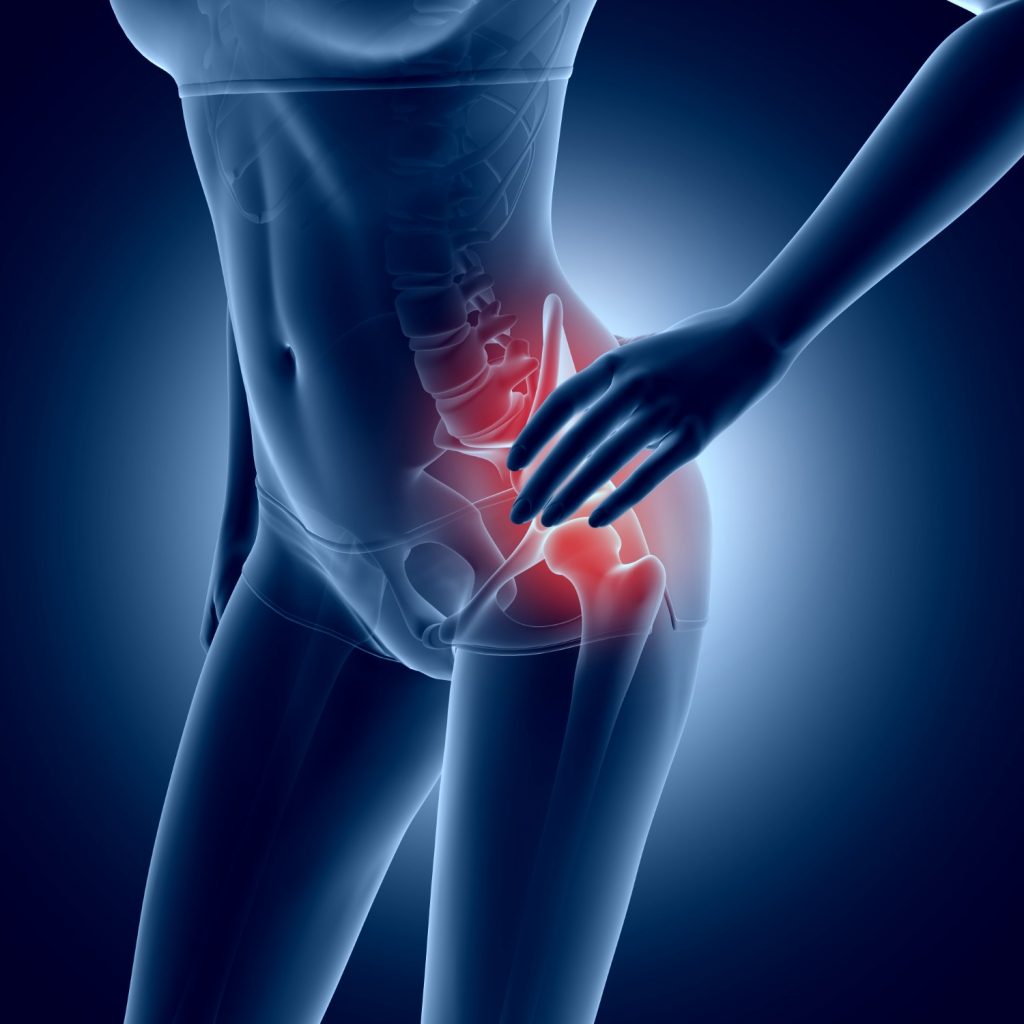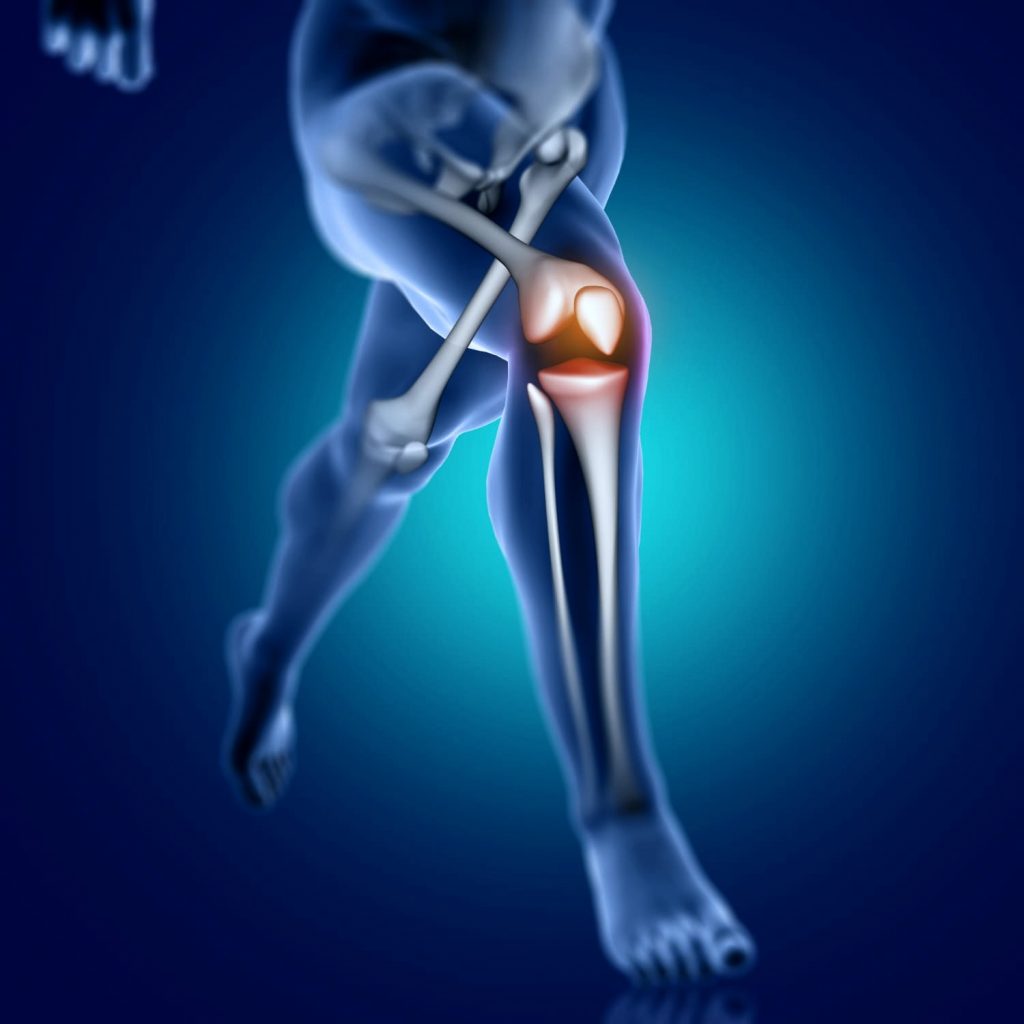In motion
In S.A.M.O. S.p.A we develop orthopaedic implants to meet the needs of patients and surgeons in the treatment of degenerative joint diseases.
In case of joints worn to the point of causing severe pain and negatively affecting every aspect of the individual’s life (work, physical activity, leisure time, rest), the orthopaedic surgeon may suggest to intervene with an arthroplasty, that is the reconstruction and/or replacement procedure of a damaged joint.
In case of joints worn to the point of causing severe pain and negatively affecting every aspect of the individual’s life (work, physical activity, leisure time, rest), the orthopaedic surgeon may suggest to intervene with an arthroplasty, that is the reconstruction and/or replacement procedure of a damaged joint.
Hip arthroplasty
The hip is a joint made up of the upper end of the femur, called femoral head, spherical in shape and inserted into a cavity, called acetabulum, which is located in the pelvis.
Its job is to ensure stability, flexibility, strength and support of any load during activities that
involve the legs.
During hip arthroplasty, the surgeon removes the damaged parts of the joint and replaces them with a prosthesis. The femoral head implant consists of a metal or ceramic ball fixed on a metal stem, inserted into the femur, with or without application of bone cement. A plastic or ceramic insert replaces the damaged acetabulum. This combination of implants creates a new joint, designed to glide smoothly and painlessly.
During hip arthroplasty, the surgeon removes the damaged parts of the joint and replaces them with a prosthesis. The femoral head implant consists of a metal or ceramic ball fixed on a metal stem, inserted into the femur, with or without application of bone cement. A plastic or ceramic insert replaces the damaged acetabulum. This combination of implants creates a new joint, designed to glide smoothly and painlessly.


Knee arthroplasty
The knee is a joint strong enough to support the entire body and made up of three main
parts: the femur, the tibia and the patella.
The femoral and tibial surfaces are covered with cartilage, with the purpose to ensure smooth and painless knee movement. Between the femur and the tibia there is the meniscus, which has the task of reducing friction during movement and dispersing body weight and high loads.
Knee arthroplasty involves replacing the joint with three main components: femoral component, tibial component and patellar component. Depending on the damage in the joint, the replacement can be total or unicompartmental.
Knee arthroplasty involves replacing the joint with three main components: femoral component, tibial component and patellar component. Depending on the damage in the joint, the replacement can be total or unicompartmental.
FAQ
It is advisable to resort to a joint replacement when no other treatment option is able to provide relief.
The use of the prosthesis not only relieves pain, but also prevents subsequent major
problems and disabilities.
The decision is entirely subjective and depends on how much the pain negatively affects
your daily life, but you should always consult an orthopaedic surgeon who will assess the
case and advise if you need a prosthesis or not .
Arthroplasty procedures are now extremely common and safe, however, like any surgery,
there may be risks that you can discuss with your doctor. The main complications that can
arise are infections and the appearance of hematomas / blood clots. However, to avoid them,
in addition to take all possible precautions in the operating room to reduce the risk of
infection for the patient, you will be prescribed an appropriate drug therapy to be followed
before and after the surgery.
The intervention has a variable duration (from one to three hours) depending on the
complexity of the individual case.
Duration varies from individual to individual.
The surgeon and physiotherapist will prepare a personalized recovery plan. For the first six
weeks it will be necessary the use of aids such as walker or crutches, after which you will
resume gradually to walk independently.